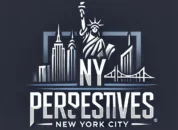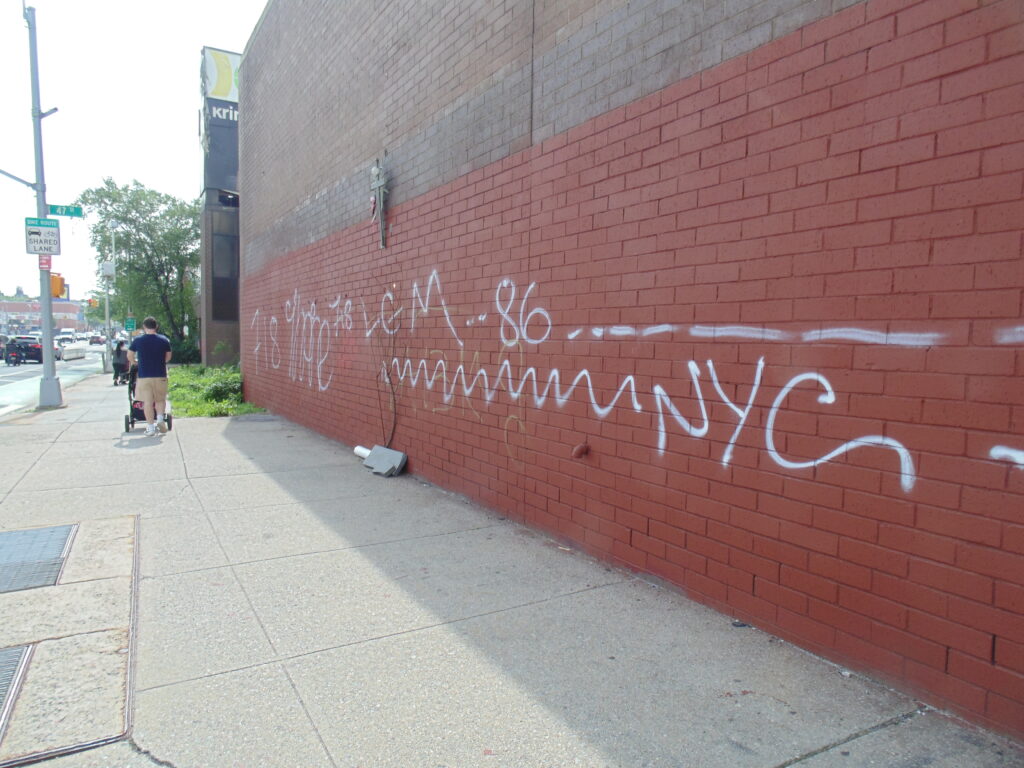Any suggestions would be encouraged
HEADLINE: GRAFFITI, and dealing with the issue
Graffiti has been on the rise, with a blip from the Giuliani years, for decades. Not since the 1960s has there been a graffiti-free NYC, so we must take notice that this cannot be tolerated anymore. High taxes, fees, and con-artist self-centered politicians have let this happen, creating an environment of feckless citizens too lazy/scared to do anything about it.
Graffiti is a symptom of an out-of-control society, a society that doesn’t care about citizens, and citizens don’t care about other citizens, or care about themselves either.
New York City deserves better. We need to start questioning the motives of some and the quality of life as a whole, and seek remedies instead of finding excuses or intellectual dishonesty to cover up an ever-exposing deterioration of our city.
Graffiti in Urban Areas: A Persistent Challenge
Graffiti—whether seen as art or vandalism—remains a widespread issue in major cities across the globe. Here’s a breakdown of the problem and how cities are responding:
Why It’s a Problem
- Property Damage: Graffiti defaces public and private property, often requiring costly cleanup.
- Economic Impact: U.S. cities spend an estimated $12 billion annually on graffiti removal.
- Urban Decay: It contributes to perceptions of neglect, which can lower property values and deter investment.
- Crime Association: Some graffiti is gang-related, marking territory or conveying threats.
- Public Safety: Graffiti often appears in hard-to-reach or poorly lit areas, increasing risks for both vandals and residents.
Art vs. Vandalism
- Street Art: Some cities embrace murals and sanctioned street art to beautify neighborhoods.
- Illegal Tagging: Unauthorized graffiti is still considered vandalism, regardless of artistic merit.
How Cities Are Fighting Back
- Rapid Removal Laws: Cities like New York and Chicago enforce cleanup within 24–48 hours to prevent recurrence. But is it working?
- Graffiti Task Forces: Dedicated teams track offenders and remove graffiti quickly.
- Public Reporting Tools: Apps like Seattle’s “Find It, Fix It” let residents report graffiti with photos and geolocation.
- Community Engagement: Programs like mural arts initiatives offer legal outlets for expression and deter illegal tagging.
- Graffiti-Resistant Materials: New coatings and cleaning technologies help protect surfaces and reduce cleanup costs.
Social Dimensions
- Youth Involvement: Graffiti is often linked to youthful rebellion or a desire for recognition.
- Cultural Debate: While some view it as a form of protest or identity, others see it as a breakdown of civic order.
Graffiti in Global Cities: A Tale of Three Cultures
Let’s take a whirlwind tour through how Los Angeles, Berlin, and Tokyo are each grappling with graffiti—and how their approaches reflect deeper cultural values.
Los Angeles: Graffiti as Spectacle and Struggle
- Oceanwide Plaza: A stalled high-rise project became a 30-story canvas for taggers, turning into an unlikely tourist attraction.
- City Response: Despite 317,000+ graffiti reports in 2024, LA saw a slight decline in complaints compared to previous years.
- Cleanup vs. Comeback: The 2nd Street Tunnel was repainted by city crews—only to be re-tagged within 24 hours4.
- Public Sentiment: Residents are split—some see it as vandalism, others as raw artistic expression.
- Law Enforcement: Police have spent thousands of hours patrolling graffiti hotspots, with arrests and overtime costs mounting.
Berlin: Graffiti as Identity and Protest
- Historical Roots: After the fall of the Berlin Wall, neglected areas became canvases for political and artistic expression7.
- East Side Gallery: A legal stretch of the Berlin Wall features murals from international artists, now protected as a monument.
- Cultural Acceptance: Graffiti is prolific in districts like Friedrichshain and Kreuzberg, often embraced as part of the city’s soul.
- Legal Status: Most graffiti is illegal, and artists face fines or jail time—but enforcement is often lenient10.
- Social Commentary: Tags like “Diese stadt ist aufgekauft” (“This city is bought up”) reflect resistance to gentrification.
Tokyo: Graffiti in the Shadows
- Strict Laws: Japan’s anti-vandalism policies are tough—repeat offenders face jail time and hefty fines12.
- Surveillance Culture: High camera density makes tagging risky; artists often operate in hidden alleys or outskirts13.
- Cultural Resistance: Public cleanliness and respect for shared spaces mean graffiti is often viewed as a blemish14.
- Underground Crews: Groups like 246 and 24K dominate Tokyo’s graffiti scene, using rapid throw-ups and stickers12.
- Legal Murals: In areas like Shibuya and Tennozu Isle, sanctioned street art is slowly gaining traction.
Would you like to explore the psychology behind tagging culture next? It’s a fascinating mix of identity, rebellion, and social signaling. Or we could dive into how cities are using tech and AI to combat graffiti. Your call!
AI vs. Graffiti: The High-Tech Battle for Cleaner Cities
Cities around the world are turning to artificial intelligence to fight graffiti more efficiently and proactively. Here’s how it’s happening:
Robot Dogs on Patrol (Germany)
- Munich’s S-Bahn deployed Spot, a robot dog from Boston Dynamics, to patrol trains at night.
- Spot uses AI trained on 1,200+ images to detect graffiti sprayers in real time.
- Once it spots suspicious activity, it alerts security teams via live stream for quick intervention.
- The goal: reduce vandalism, save cleanup costs, and keep trains in service longer.
Drones That Detect and Remove (USA)
- Aquiline Drones developed a system using AI-powered drones to clean graffiti from highways and bridges.
- These drones combine smart cameras, machine learning, and spray systems to remove graffiti autonomously.
- They’re safer and more cost-effective than manual crews, especially in hard-to-reach areas.
Smart Cities with Vision AI
- Cities like Tempe, AZ and Lisbon, Portugal use AI-enabled cameras on public vehicles to detect graffiti during routine patrols.
- Systems like YOLO11 (a computer vision model) identify graffiti in real time and send alerts to cleanup crews.



